Cambrian sea monster
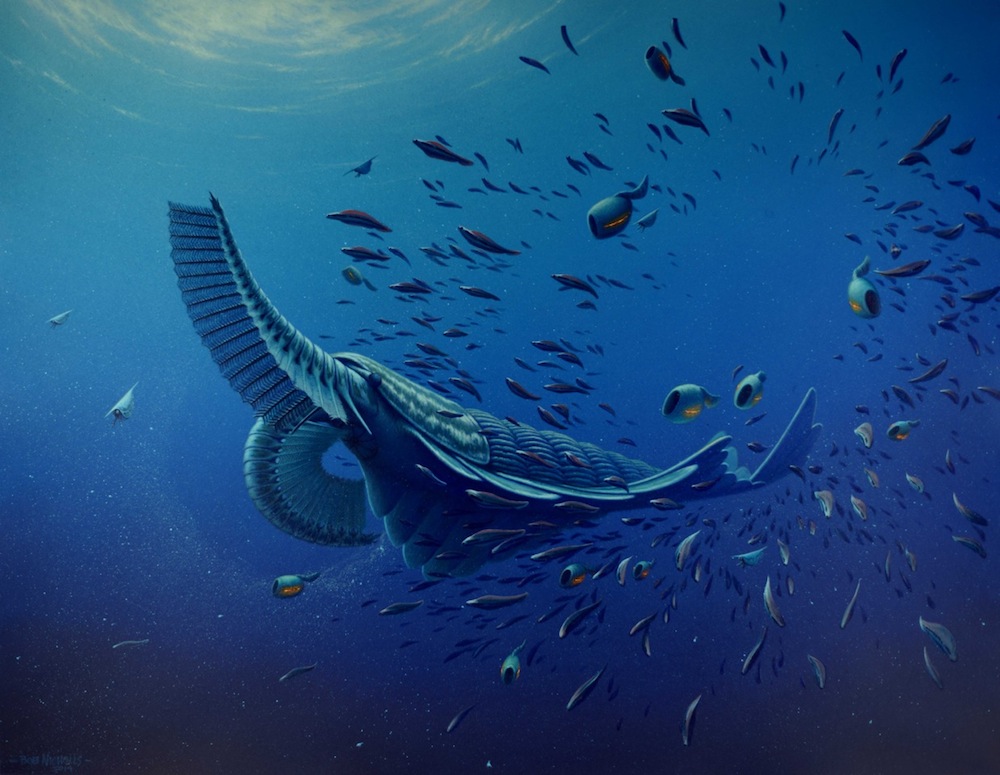
Scientists have unearthed the fossil of an ancient, filter-feeding sea creature that dates to 520 million years ago.
Filter feeder
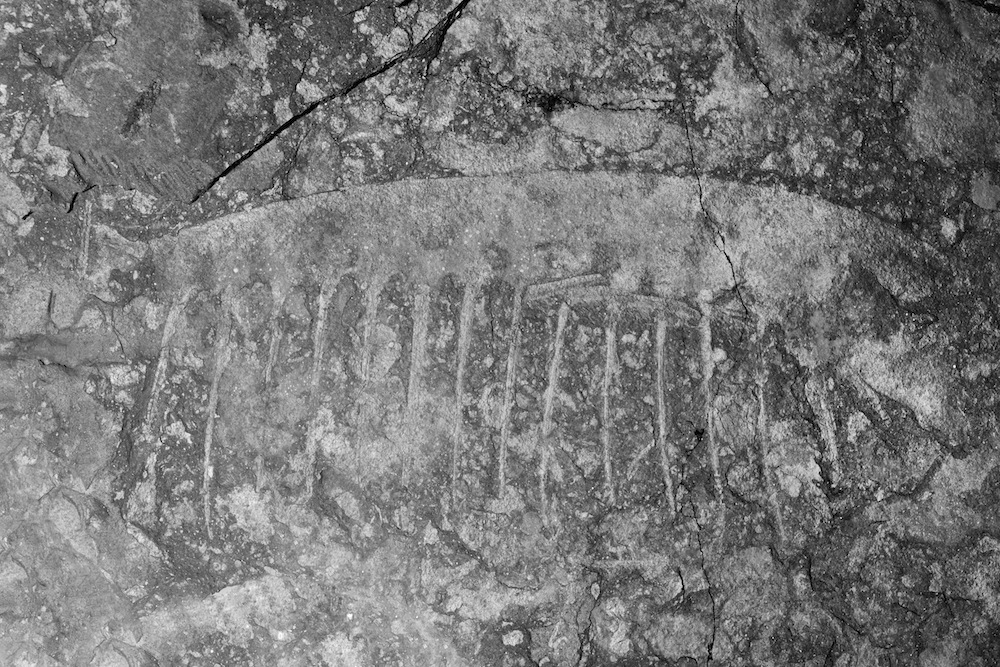
The creature, dubbed Tamiscolaris borealis, used its comblike appendages to rake the seas for shrimplike food similar to krill.
Greenland trove
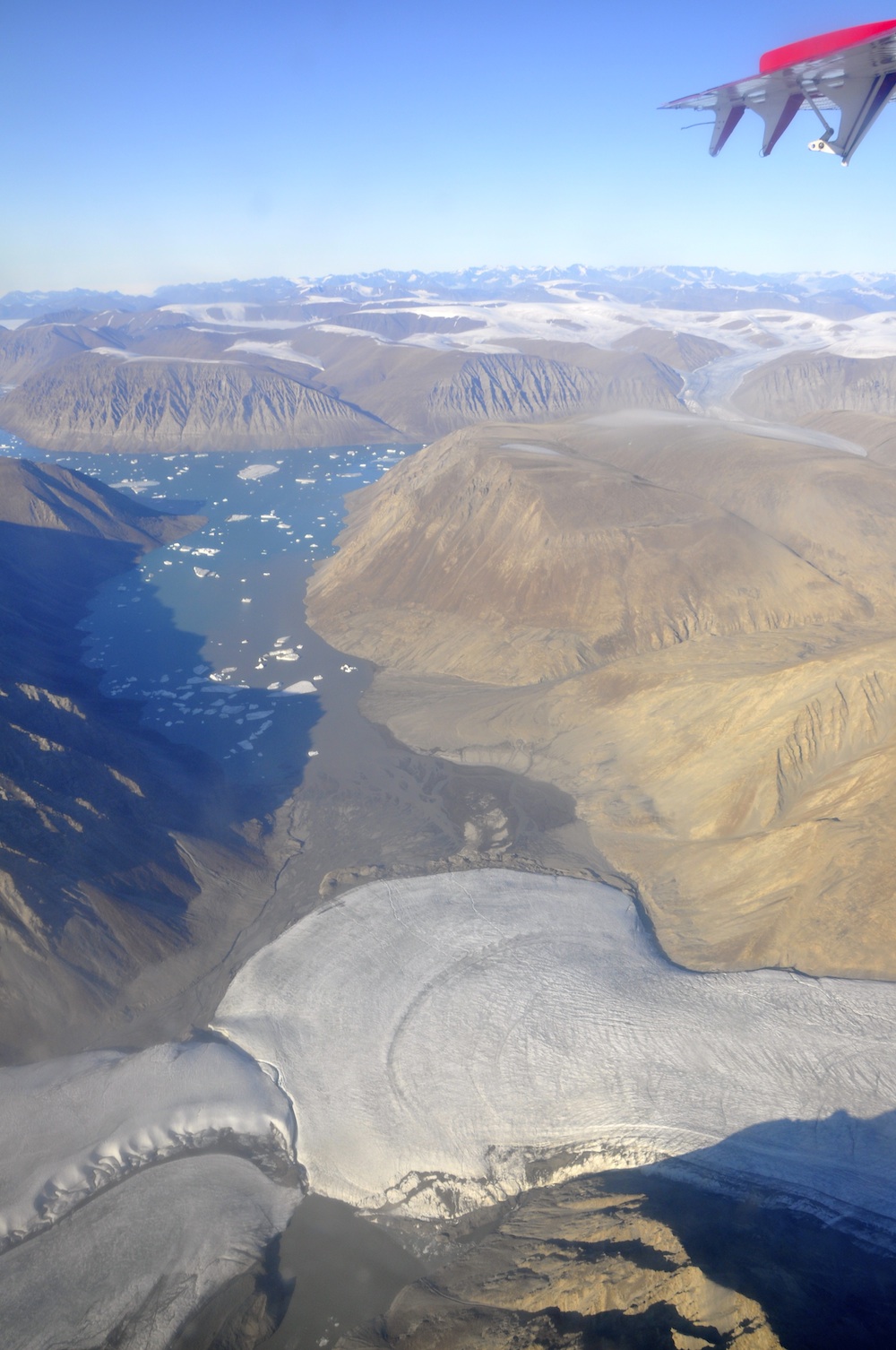
The fossil was unearthed in sediments in northern Greenland known as the Sirius Passet formation.
Excavations proceed
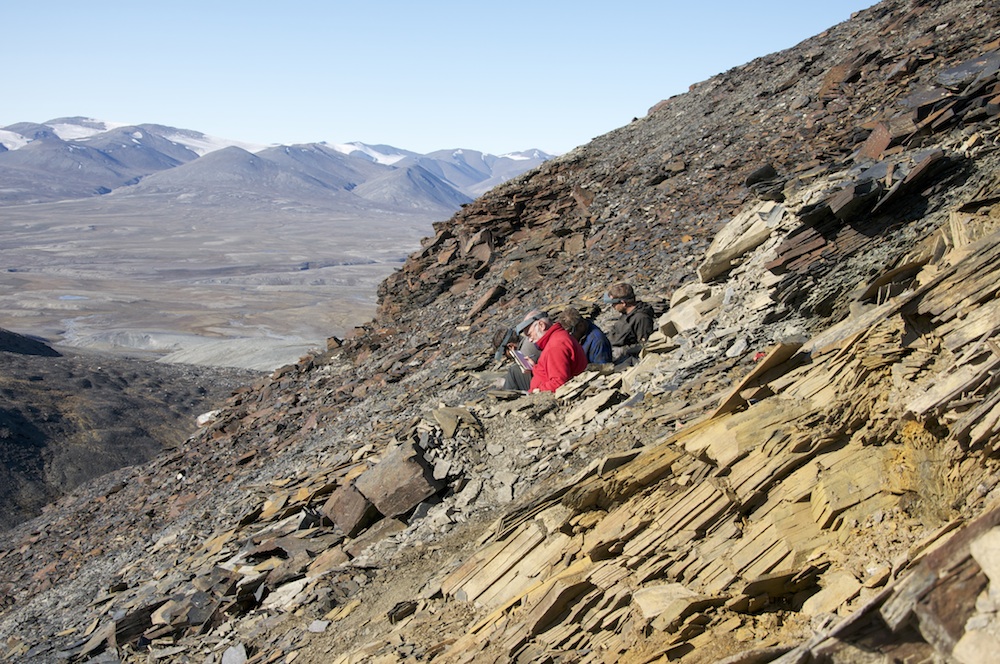
Here, researchers on the team dig at the site. Research can only take place in six weeks of summer, when the weather is hospitable.
Apex predators
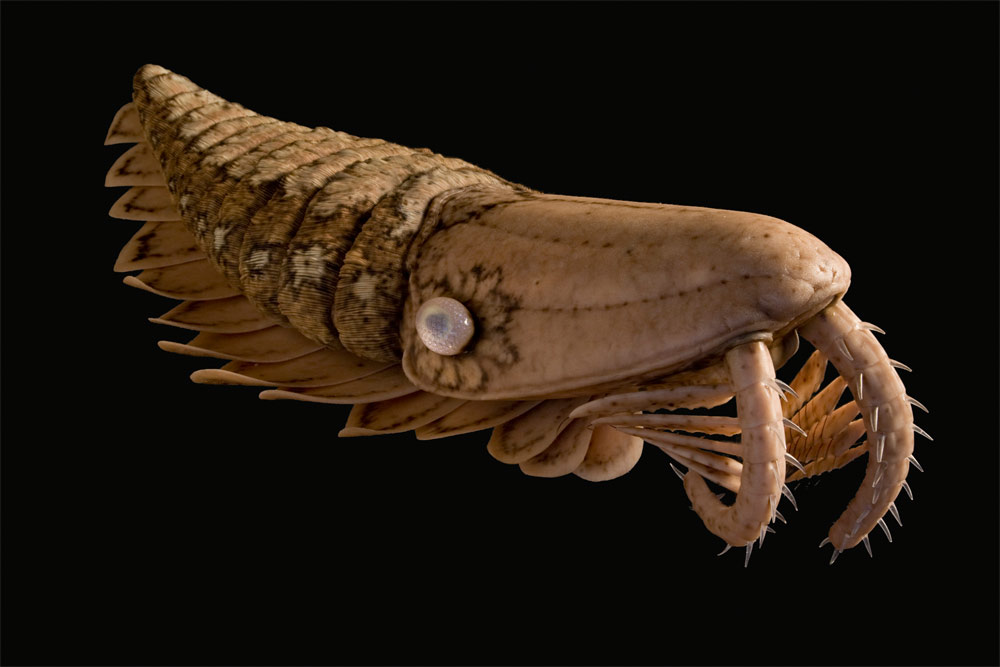
The filter feeder was part of a group of Cambrian creatures named anomalocarids, which were the apex predators of the day. They usually had grasping claws in front for snagging prey.
Cambrian explosion

The Cambrian explosion gave rise to a host of bizarre and complex creatures, such as this fuxhianhuiid arthropod from China,
Get the world’s most fascinating discoveries delivered straight to your inbox.

Tia is the managing editor and was previously a senior writer for Live Science. Her work has appeared in Scientific American, Wired.com and other outlets. She holds a master's degree in bioengineering from the University of Washington, a graduate certificate in science writing from UC Santa Cruz and a bachelor's degree in mechanical engineering from the University of Texas at Austin. Tia was part of a team at the Milwaukee Journal Sentinel that published the Empty Cradles series on preterm births, which won multiple awards, including the 2012 Casey Medal for Meritorious Journalism.
